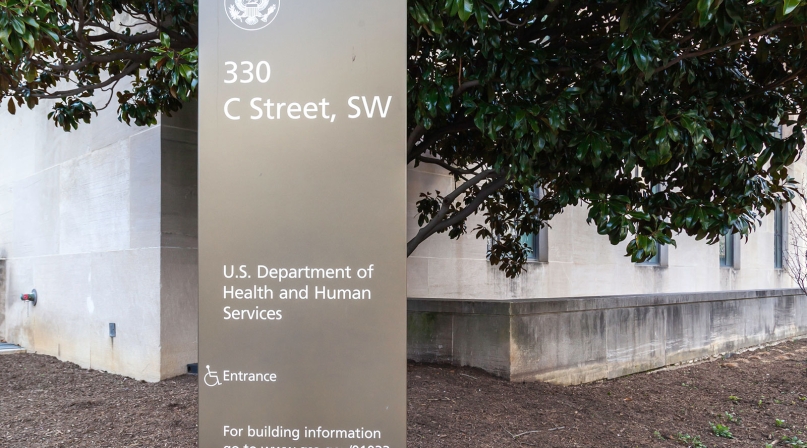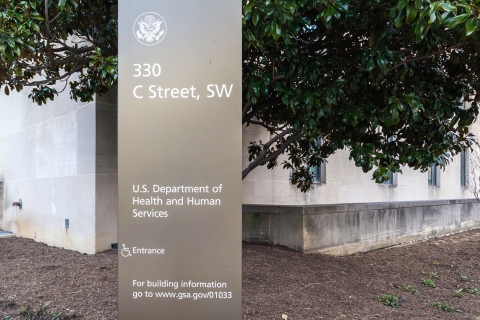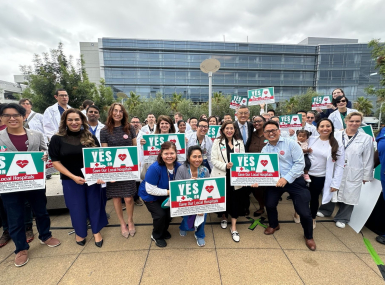HHS announces release of $1.5 billion for local opioid response efforts
Author

Blaire Bryant
Upcoming Events
Related News

Key Takeaways
On August 27, the U.S. Department of Health and Human Services’ Substance Abuse and Mental Health Services Administration (SAMHSA), announced that it was distributing the first round of funding for the two-year State Opioid Response (SOR) and Tribal Opioid Response (TOR) grant programs. The two programs are currently funded at a combined total of $3 billion and will each distribute $1.5 billion over two years to help states and tribes provide community-level resources for people in need of prevention, treatment and recovery support services.
SOR and TOR grants are formula funds awarded to states, territories and jurisdictions to support the expansion of addiction treatment and recovery activities, with the aim of reducing unmet treatment needs and opioid overdose deaths. The two-year grant program, which was first authorized under the 21st Century Cures Act in 2016, was reauthorized in the FY 2020 appropriations bill last year following the programs initial funding cycle.
As frontline providers of federal health, human services and justice programs in many states, counties play a central role in administering and funding federal programs. During the previous funding cycle, states and counties used grant resources to identify gaps in current treatment activities and capacity, expand access to medication-assisted treatment (MAT) therapies and advance substance misuse prevention in coordination with federal agencies such as the Centers for Disease Control and Prevention (CDC).
As negotiations for FY2021 appropriations remain ongoing, NACo will continue to work closely with legislators to ensure that counties have the additional resources needed to effectively treat, prevent and reduce substance use disorders in their local communities.
Additional Resources
- HRSA announces funding for rural communities to address substance use disorders (NACo Blog)
- SAMHSA Press Release: HHS Releases $1.5 Billion to States, Tribes to Combat Opioid Crisis
- FY 2020 SOR Awards

Attachments
Related News

CMS issues new guidance on Medicaid Community Engagement Requirements
On December 8, the Centers for Medicare & Medicaid Services (CMS) released a Medicaid and CHIP Services Informational Bulletin (CIB) directing states on how to implement the Medicaid community engagement requirements enacted under Section 71119 of the One Big Beautiful Bill Act legislation (Public Law 119-21), or H.R. 1.

California county sales tax measure backfills federal healthcare cuts
Santa Clara County, Calif. will raise an estimated $330 million each year from a sales tax to backfill lose Medicaid funding.
